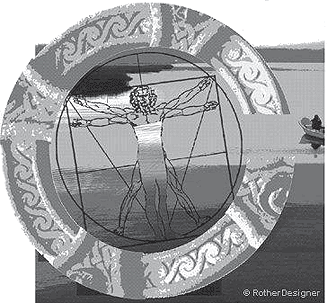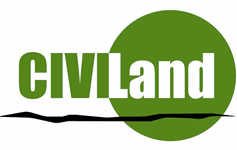Objectives
Ecosystem Services (ES) are broadly defined as the benefits humans obtain from ecosystems. Their delivery is increasingly threatened by unsustainable economic, technological and social developments, especially as many ES are public goods and common pool resources characterized by open access or imperfect property rights. Thus, a gap between private interests and societal benefits from land use practices arises. This situation is aggravated by current market signals, which encourage and push land users to increasingly convert unmanaged into managed ecosystems and to intensify commodity production.
Societies need to find adaptive management instruments to halt these developments and to mitigate environmental degradation. Payments for Ecosystem Services (PES) - a type of market-based environmental policy instrument - are discussed as a relatively new and innovative response to these problems. As a voluntary mechanism PES aim at creating financial incentives to balance private land use decisions with social interests.
So far, most research regarding PES schemes is focused on developing countries, frequently emphasizing in particular the potential to leverage PES instruments as a pro-poor growth tool. Certainly, industrialized countries have advantages regarding the overall institutional structure backing PES instruments. Apart from PES-like government-financed agri-environmental measures, the PES concept has not been analyzed much within the latter countries. What do PES schemes look like there? For the management of which ecosystems and cultural landscape services and under which institutional framework is the concept a well-suited approach in those countries? What are the limits for this kind of schemes?
The conference aims to take a look beyond the PES concept in mere theory, investigating the different actors and their institutional arrangements that make a PES work in practice. It is intended to (1) examine in particular the concept of PES schemes in industrialized countries. What is the institutional environment there and what are its (dis-)advantages? Which governance structures exist? Who are the key stakeholders? Furthermore it is planned that participants may learn from the experiences of the developing countries through (2) discussing and comparing the diverse institutional settings between developing and industrialized countries (3) elaborating their respective strengths, weaknesses and pitfalls for PES schemes (4) highlighting the various lessons learned from current schemes, to finally (5) enabling a mutual dialogue of suggestions between developing and industrialized countries regarding the potential to further and actively consolidate the PES concept.
The following questions will be of specific interest:
- What are the institutional arrangements behind PES schemes?
- What are the roles of the different actors (state, economy, civil society) in PES schemes and why? How do they cooperate and share responsibilities?
- What is the specific capacity of actors from civil society in PES schemes?
- What do or how should governance structures look like?
- What participation mechanisms are in place and why?
- What is the role of property rights in PES initiation, design and implementation?
- What difficulties must be overcome in PES designs (e.g. commodification of ES, validation and monitoring of ES delivery etc.)?
- What are the strengths and weaknesses as well as the limits and obstacles of PES when compared to other approaches (such as e.g. crowding out effects, etc.)?

© 2025 Leibniz-Zentrum für Agrarlandschaftsforschung (ZALF) e.V.
Online: http://pes-conference.civiland-zalf.org/objectives/index.php
Datum: 03.07.2025







